Top  Subsystems
Subsystems  ADCS
ADCS
What is Attitude Determination & Control System ?
Attitude Determination & Control System has the function of the
calculation where the satellite points (attitude estimation) ,
pointing where the satellite should be point and
damping of angular velocity (attitude control), and so on.
As attitude determination, using gyro sensor, magnetic sensor and sun sensor
PDA calculates the attitude of the satellite.
Also at the ground station PC simulator calculates the attitude using sensor data from the satellite
and the results are compared.
As attitude control, we use magnetic torquers as the control device and make the satellite
spun up and damped its angular velocity.
We explain about ADCS of Cute-1.7 + APD II as follows.
Missions
- Establishment of the technology of 3 axis attitude control of nano satellite
- Technology of attitude determination
- Development of composition attitude sensor system(Sun sensor,Magnetic sensor,Gyro sensor)
- Application of attitude estimation
- Technology of attitude control
- Development of the magnetic torquers for nano satellites
- Demonstration of the 3 axis attitude control using only magnetic torquers
Gyro Sensor (ADXRS150)
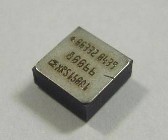
- Oscillating MEMS Gyro Sensor
- Detecting 1axile angular velocity with 1 component:setting orthogonal 3axis
- Manufactured by Analog Devices
- Outputs of sensors:A/D conversted by DAQ
- Spec
- angular velocity detection range:±150[deg/s]
- noise density:0.05[deg/s/Hz]
- linear errors:0.1%
- size:7.0×7.0×3.0[mm]
Magnetic Sensor (HMR2300)
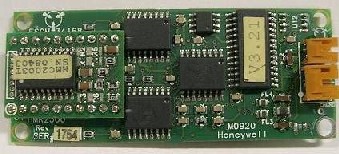
- MR device is embedded
- Detecting 3axis magnetic flux density
- Serial Interface:RS232/USB converted by DAQ
- Manufactured by Honeywell
- Spec
- detection range:±2[gauss]
- linear errors:2%
- size:75×30×7.0[mm]
Sun Sensor (S6560)
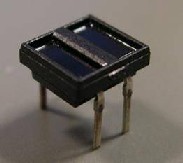
- Photo Diode separated into 2 parts
- Detecting 1axile direction with 1 component:setting at wall surfaces
- High speed response
- Good linearity of Light intensity - Output current
- Acquiring data through 1-Wire/USB conversion
- Manufactured by Hamamatsu Photonics Japan
- Spec
- sensitivity wavelength range:760~1100[nm](infrared zone)
- angle detection range:±50[deg]
- size:6.0×6.0×2.5[mm]
MTQ (Magnetic Torquer)
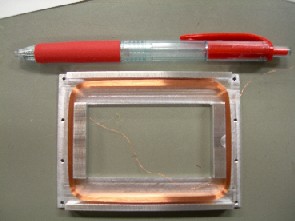
- largeness and direction of output magnetic daipole:controled by DAQ
- Current flowing to coils:measured by DAQ
- Coil Spec
- size:58.5×78.3[mm]
- thickness:1.6[mm]
- weight:5[g/coil]
- drive current:13[mA]
- resistor of coil:180[Ω]
- power consumption:91[mW]
- magnetic dipole of 1 coil:0.15[A.m2]
DAQ (Data AcQuisition)
There is a DAQ system which becomes important in attitude determination and control system.
Main CPU of this satellite is PDA, but PDA has only USB interface,
so it is not possible to handle AD conversion and DIO port operation and PWM operation etc.
Then, we developed DAQ system as the complementary USB1.1 device of PDA.
The main processor is formed with H8S/2328F. So this system sends data to PDA
which is converted from digital signal(control the direction of magnetic torquer),
analog value(electric current sensor and gyro sensor data etc) and
PWM signal(control the strength of magnetic torquer) etc.
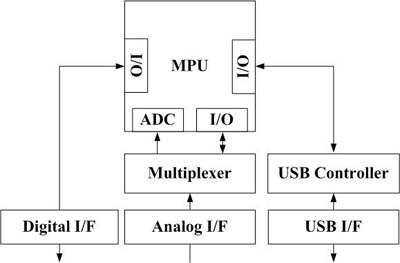
DAQ System Block Diagram
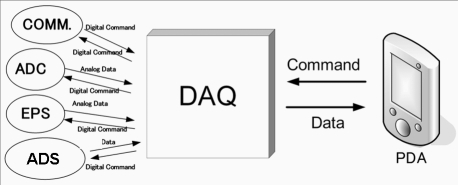
System around DAQ
Copyright ©, Tokyo Institute of Technology, All Rights Reserved.



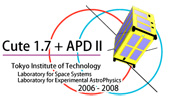



 Subsystems
Subsystems  ADCS
ADCS




